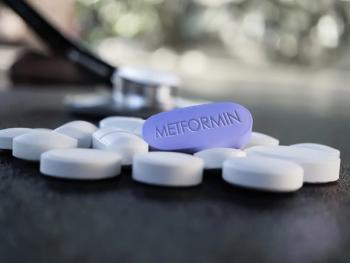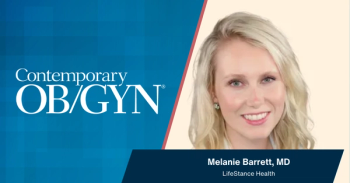
From cesarean section to childhood asthma: New evidence sheds light on the relationship
The relationship between cesarean sections and childhood asthma has been investigated before, however, previous results have yielded conflicting evidence.
An association was identified between emergency cesarean section and childhood
While some studies showed the absence of a connection, others have indicated the disruption of infant intestinal flora that occurs during cesarean section can facilitate the development of allergens.
The aim of this study was to explore how the mode of delivery related to asthma development at 7, 11, or 14 years. Additionally, investigators examined persistent asthma and adolescent onset asthma by analyzing data acquired from the UK Millennium Cohort Study.
Does the Mode of Delivery Determine Asthma Risk?
In a research letter regarding the UK Millennium Cohort Study, Amy O’Connor, School of Public Health, University College Cork, Cork, Ireland, and a team of investigators hypothesized that if the disruption of infant intestinal microflora was responsible for the link between cesarean section and asthma, an association would be observed between planned cesarean section and asthma in this study.
The mode of delivery was categorized as one of the following: ‘spontaneous vaginal delivery’, ‘assisted vaginal delivery’, ‘induced vaginal delivery’, ‘emergency cesarean section’, ‘planned cesarean section’, and cesarean section after induction of labor.’ Investigators defined the variable as the effect of any intervention during labor, as opposed to no intervention.
One of the principal findings was the link between emergency cesarean section and asthma at ages 7, 11, and 14 years. According to the results, few associations were observed between assisted and induced vaginal delivery and asthma at the age of 11 and induced vaginal delivery and wheezing at 7 years.
The other principal finding came from assessing the relationship between planned cesarean section and asthma–after crude and adjusted model analyses, investigators observed no associations.
In the research letter, it was speculated that the positive associations could potentially include a disruption in the infant intestinal microflora following cesarean section. However, investigators emphasized that in that case, the expectation was related to planned cesarean section.
Considerations & Conclusions
Some limitations noted by investigators included the possible role of recall bias for self-reported potential confounders, and that the data was collected before asthma status of the child was known. In instances of any misclassification, the letter stated this could bias results toward the null due to the likelihood of it being non-differential.
By confounding by indication, investigators didn’t have any information regarding the reasoning for planned or emergency C-section scenarios, which they explained could have influenced results.
The large, population-based cohort nationally represented children born in the UK between 2000-2002, which strengthened this research. Additionally, the outcome measure was determined by a validated questionnaire that exhibited a specificity of 93%, and is widely used to measure childhood asthma.
Unlike previous investigations, this one categorically distinguished planned C-section, and emergency C-section. Complications of pregnancy, maternal asthma, and several maternal and socio-economic factors were considered when controlling for potential confounders.
“In conclusion, children born by emergency CS, but not planned CS had an increased likelihood of asthma diagnosis,” investigators wrote. “These results suggest that the association may be due to confounding by indication or other residual confounding factors, and unlikely to be causal based on the microbiome theory.”
The study "
Newsletter
Get the latest clinical updates, case studies, and expert commentary in obstetric and gynecologic care. Sign up now to stay informed.










